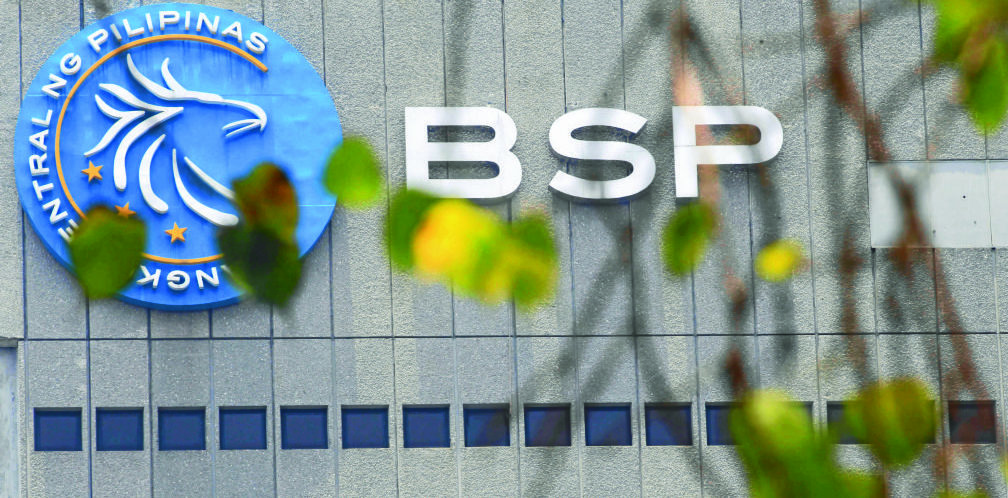
Bangko Sentral ng Pilipinas (File photo / Philippine Daily Inquirer)
A month after implementing its largest rate hike in a decade to fight rising prices, the central bank on Wednesday reverted to its stance of highlighting the role of “food supply shocks” — factors it says are beyond its control — in pushing the August inflation rate to a nine-year high of 6.4 percent.
In a message sent to reporters, Bangko Sentral ng Pilipinas (BSP) Governor Nestor Espenilla Jr. also urged government policy makers to use “more decisive non-monetary measures” to fully address inflation which he said are rooted in “cost-push factors” and rice supply in particular.
The central bank chief added that strong domestic demand is also “making it too convenient for producers and traders to pass on higher costs and possibly more to consumers.”
Meanwhile, the August inflation number made the peso breach its 12-year low, hitting a level of P53.56 to the dollar. This breached the P53.55 threshold that was set in July 2006. But the local currency ended the trading session at P53.55 to the dollar.
The weakness also prompted financial institutions to sell the peso, with the central bank said to be intervening to stabilize the currency’s volatility. A total of $1.38 billion changed hands on the foreign exchange market on Wednesday, in contrast to only $440 million the previous day.
In contrast to his previous statements, Espenilla adopted a less hawkish tone when reacting to the latest inflation rate, which hit Metro Manila consumers especially hard with an annual rate of 7 percent.
Where the BSP chief had earlier viewed “decisive action” to fight inflation, Wednesday’s announcement by the government of the latest consumer price index merited closer examination from monetary planners to determine if a further round of interest rate hikes — which have the side effect of dampening economic growth — is warranted.
“The BSP will be looking more closely at the latest data to reassess the medium-term inflation path,” Espenilla said. “We also need to consider external developments and US Fed actions to the extent these exert undue pressure on the peso. Under the circumstances, we will weigh the need for further monetary policy action.”
The central bank chief noted that high crude oil prices in the international market continue to impact transport and power prices locally. At the same time, the peso, along with other currencies, is being adversely affected by emerging market uncertainties and a strong US dollar, he said explaining that these factors tend to further aggravate cost-push pressures.
The Monetary Board will convene on September 27 to evaluate recommendations on further anti-inflation actions, if necessary.
Nonetheless, the record-high August inflation number may prompt the central bank to further hike its interest rates “aggressively”, BDO Unibank chief strategist Jonathan Ravelas said in am online tweet.
This was echoed by Bank of the Philippine Islands lead economist Jun Neri who said the central bank may have to raise rates again later this month “to temper inflationary expectations.”
Last month, the BSP implemented a 50-basis point rate hike, following two successive 25-basis point increases in two previous months. These belated hikes came after months of assertions by the central bank leadership that inflation would correct itself without monetary intervention by early 2019.
At present, the central bank’s key overnight borrowing rate — on which borrowing and lending rates in the financial system are based — stand at 4 percent.
“It is most critical at this point to restore inflation back to the target range soonest and securely anchor inflationary expectations,” Espenilla said. /kga